Cultured Pearls: Gemstone and Jewelry
The first time pearls were cultured was back in 1893 by a Japanese man named Kokichi Mikimoto. The discovery of cultured pearls—pearls that are grown with the intervention of humans, rather than found in the wild—revolutionized the pearl jewelry industry. This article will explore the gemstone and jewelry of cultured pearls, including its history, types of pearls, their properties, and how to care for them.

History of Cultured Pearls:
The history of pearls dates back more than 4,000 years ago, when the Chinese started to cultivate freshwater pearls in the Lake Biwa region. These natural pearls are highly valuable due to their rarity, quality, and excellence. In ancient times, these pearls were only affordable for the rich and nobles. In the 13th century, it was considered as a royal symbol of power and wealth.
The process of a cultured pearl was first attempted in the 19th century by a Frenchman named Jacque Cartier, but it wasn’t until Kokichi Mikimoto, a Japanese businessman, managed to cultivate a pearl in the early 1900s. His discovery of cultured pearls quickly became the most significant revolution in the pearl jewelry industry. It increased the affordability and accessibility of pearls, making them a popular choice for earrings, necklaces, and other kinds of jewelry.

Types of Cultured Pearls:
Cultured pearls can come in a range of shapes, sizes, and colors. Here are the main types of cultured pearls:
- Akoya Pearls: The Akoya pearl is popular for its perfectly round shape and the high quality of the luster. It is the most famous type of pearl to be cultured, with Japan being the primary cultivator of these pearls. Most Akoya pearls are white or cream colored, but they can also come in pale pink and gold hues.
- Freshwater Pearls: Freshwater pearls are the most abundant of the pearls and are also the most affordable. They originate in china, and each mussel can produce a maximum of 30 pearls at a time. They come in a variety of shapes, including round, oval, and baroque shapes. They are available in a vast range of colors ranging from pale pink to peach, lavender, and deep purple. The pearls’ variety and affordability make them an excellent choice for affordable jewelry pieces.
- Tahitian Pearls: Tihitian pearls are cultivated in the warm tropical waters of French Polynesia, with black being their most famous color. They come in various shades of black, gray, green, and blue hues and are known for their large size and unique shapes.
- South Sea Pearls: South Sea pearls are produced by the silver-lip oyster found in Australia, Indonesia, and the Philippines. They are the most significant of the types of pearls, producing pearls of a large size, ranging from 9mm to 20mm. A single oyster can only produce one pearl at a time, and the unique colors of the pearls range from pale white to gold.

Properties of Cultured Pearls:
Cultured pearls are composed of calcium carbonate mineral and conchiolin, which contributes to their iridescence and luster. Their natural color is mostly affected by the surrounding water acidity. Pearls have a rating of 2.5 to 4 on the Mohs hardness scale, which is relatively soft than other stones, making them susceptible to scratches and damage. A pearl’s quality is determined by several factors, including luster, shape, color, overtone, size, and blemishes.
The luster measures the glossy and shine of the pearl. A pearl with high luster gives a reflective surface and sharp contrast, which is a sign of high-quality pearl. The shape of the pearl can range from perfectly round to irregular non-symmetrical ones. Perfectly round pearls are incredibly rare and valuable.
The overtone is the inner color of the pearl, which gives off a subtle shimmer and can be purple, pink, green, or blue. Pearl sizes can range from 1mm to 20mm. The larger the pearl, the more uncommon it is, and thus more valuable. Pearls with blemishes like scratches, dents, or discoloration lower the quality and value of the pearl.

How to Care for Cultured Pearls:
Cultured pearls are delicate, soft stones and require proper care and handling to retain their luster and quality. Here are some tips to help you care for your cultured pearls:
- Avoid exposure to extreme temperatures, direct sunlight, or chemicals like aerosol sprays, perfumes, and hairspray.
- Always remove your pearls before showering, swimming, or exercise. Exposure to water, especially saltwater or chlorinated pools, can lead to discoloration and damage to the pearl.
- Clean your pearls using a soft damp cloth. When storing, keep them away from other jewelry or wrap them in a soft cloth or pouch to prevent the surface of the pearls from being scratched.
- Have your pearls restrung every few years by a professional to prevent the thread from breaking, causing the pearls to scatter and become lost.

Cultured pearls are unique, timeless, and elegant pieces of jewelry that have been appreciated for centuries. Since the discovery of cultured pearls, it has revolutionized the pearl jewelry industry. From the small Akoya pearls to the large South Sea pearls, each pearl has its unique beauty and rarity. Although they are delicate, with proper care, a single pearl can last a lifetime, making it a perfect heirloom piece to pass on to future generations. Proper care and handling of these beautiful pearls are essential to maintaining their quality, and with a little bit of effort, it provides you with many years of enjoyment.




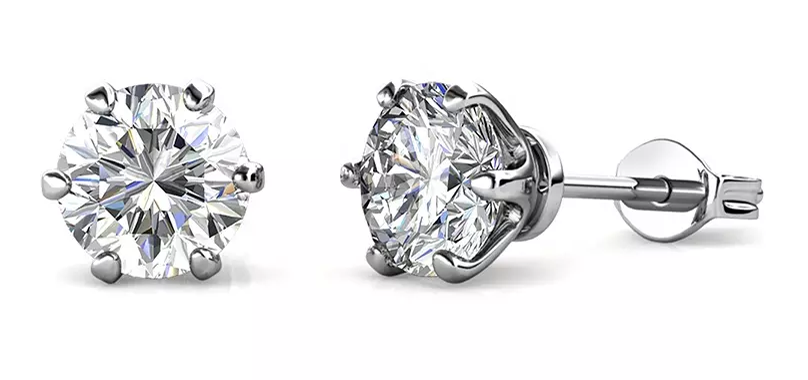
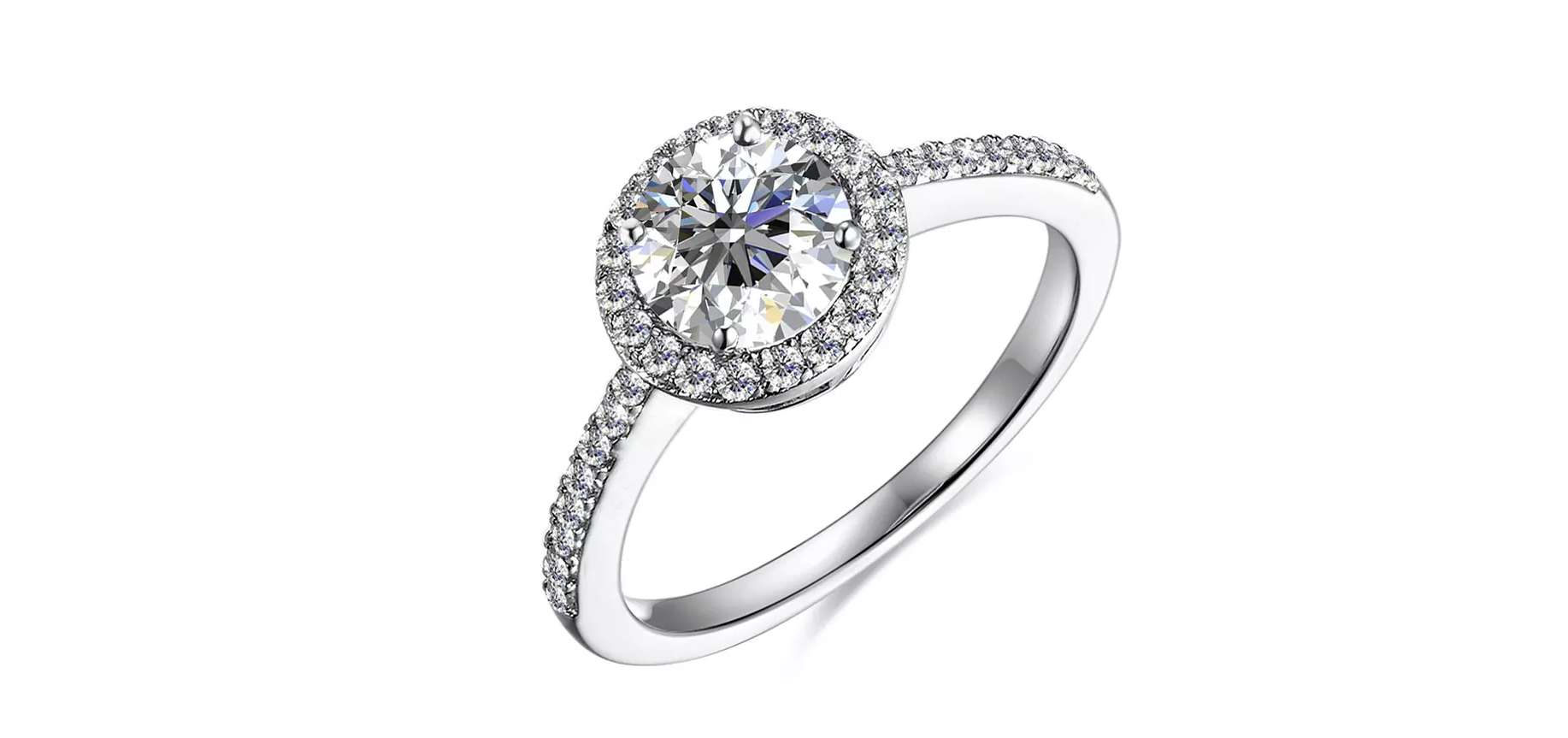
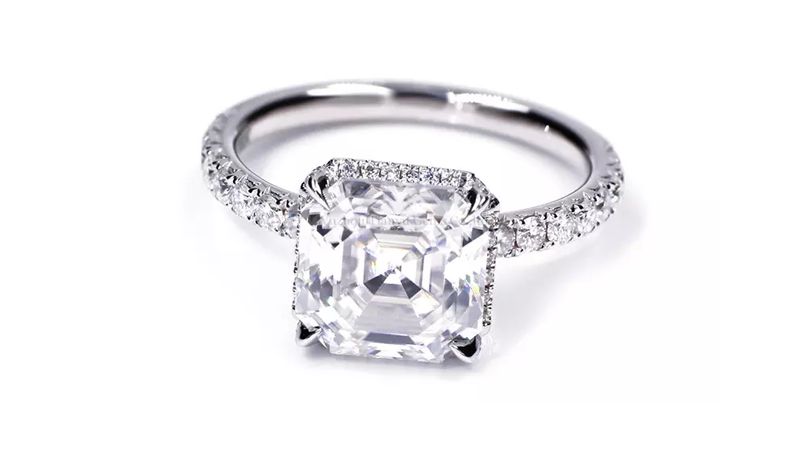
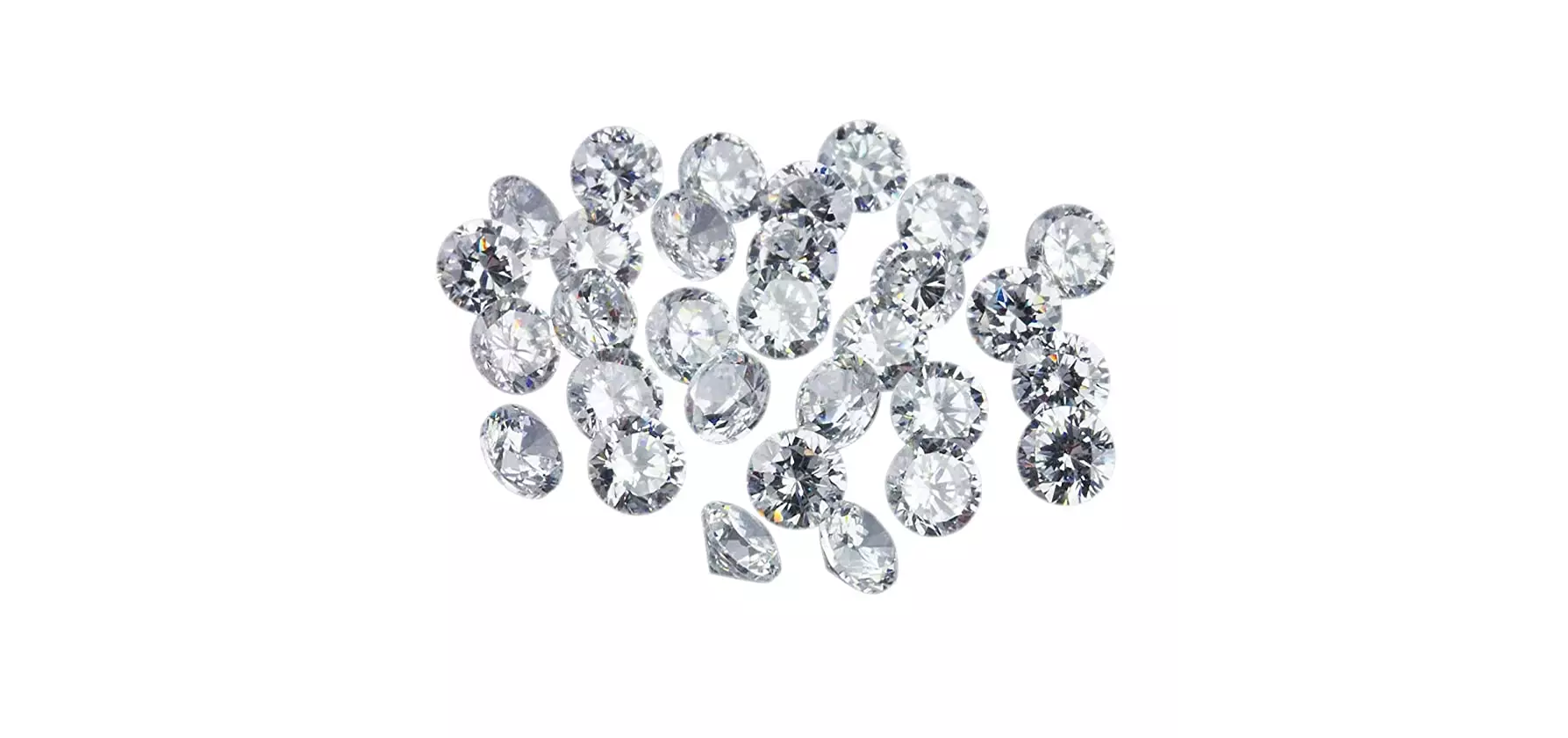
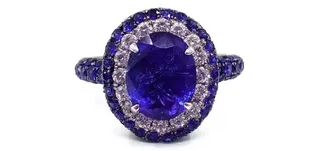
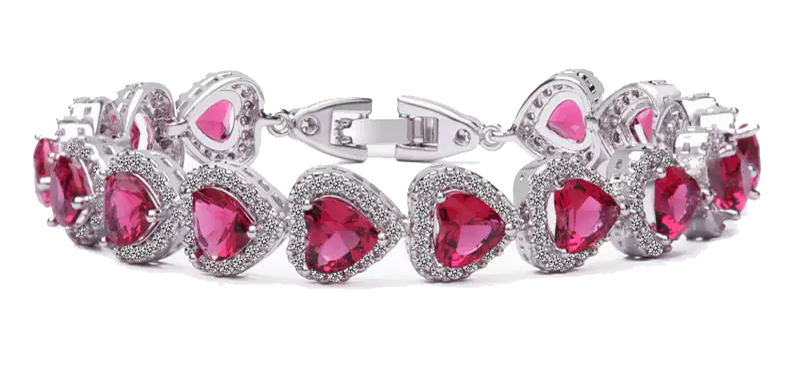
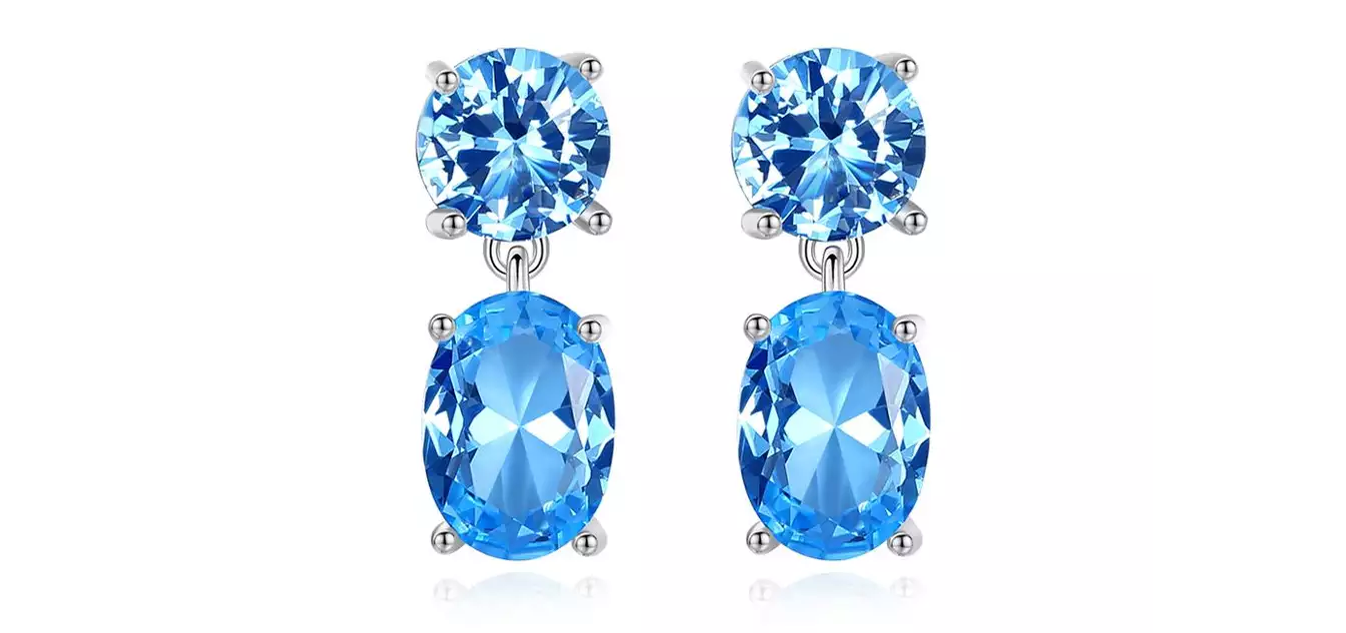
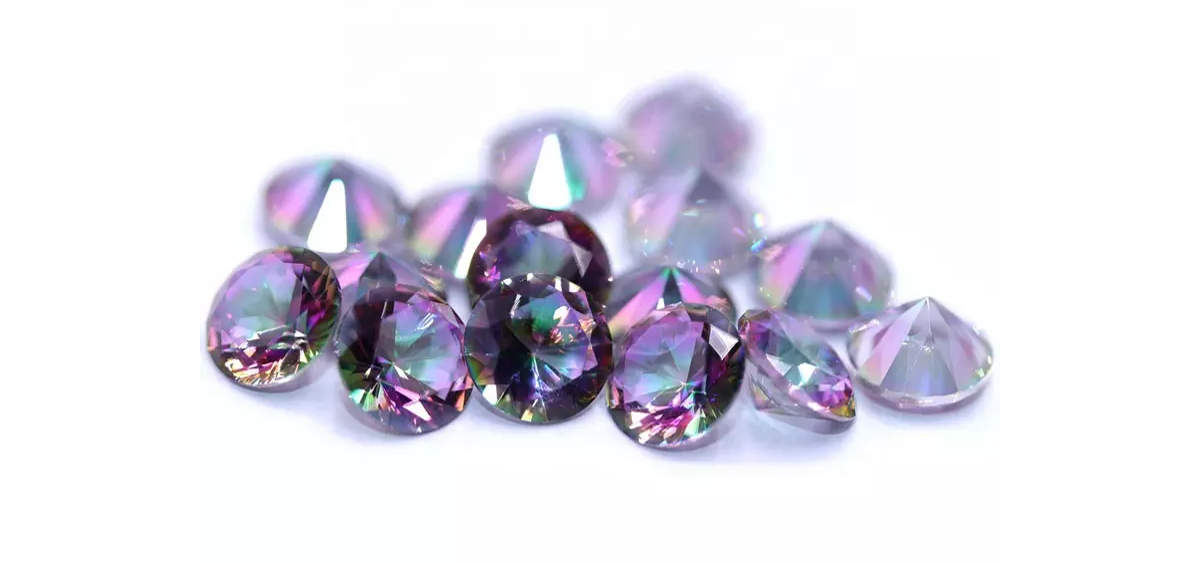
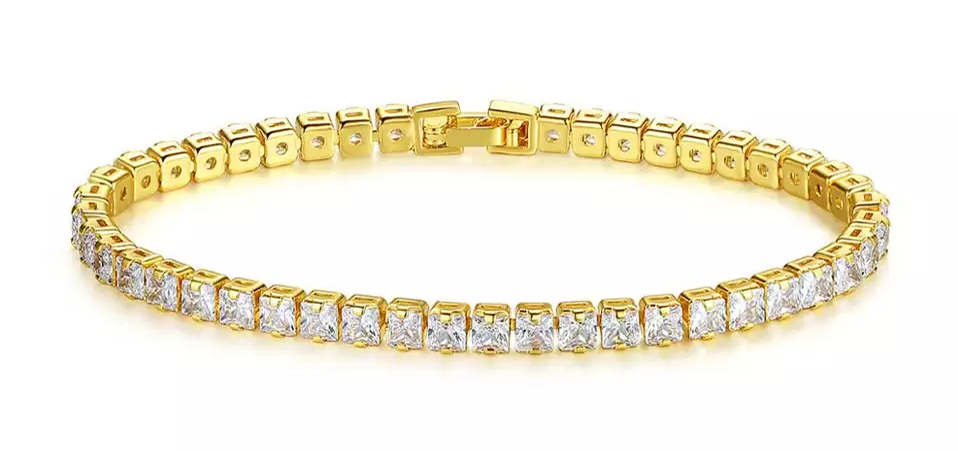
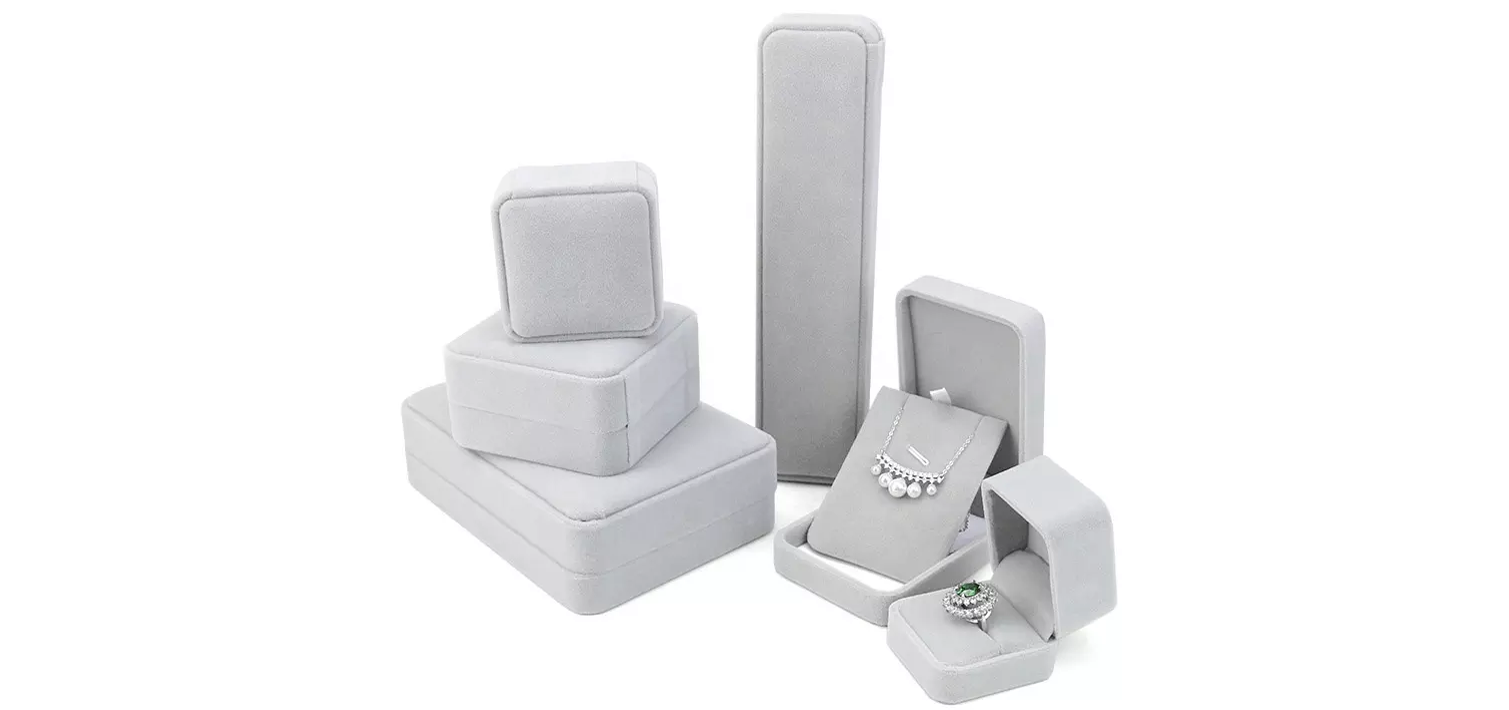
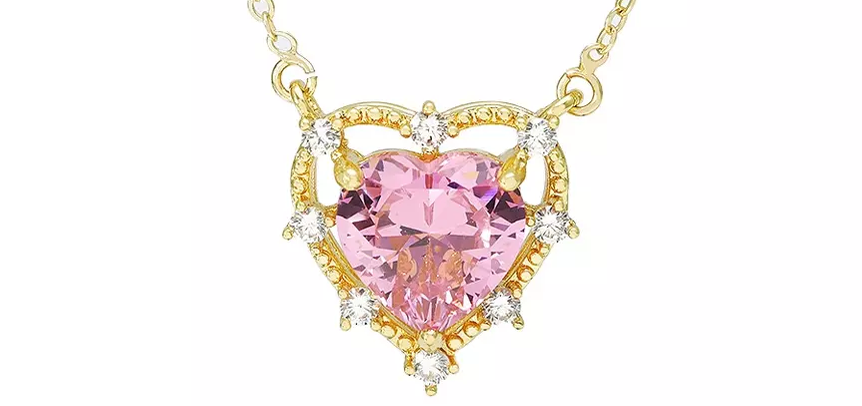

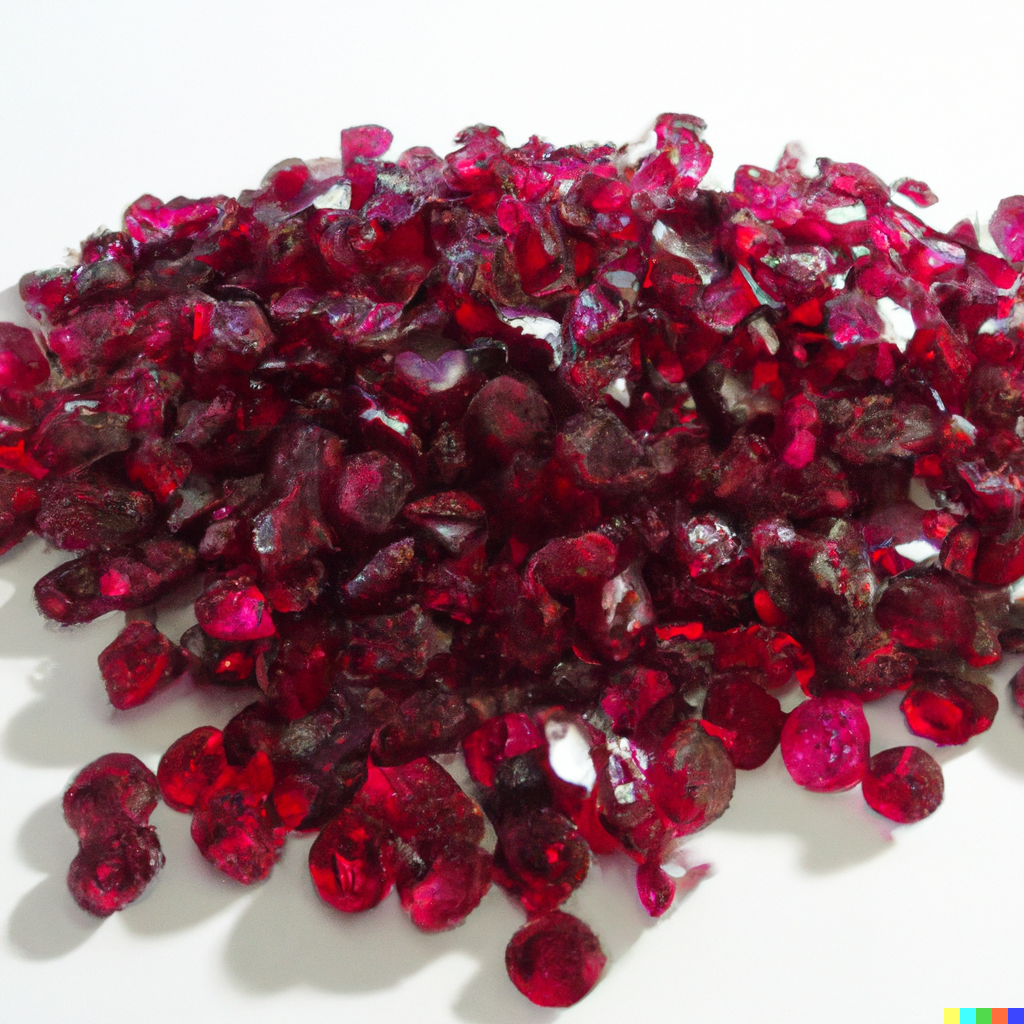
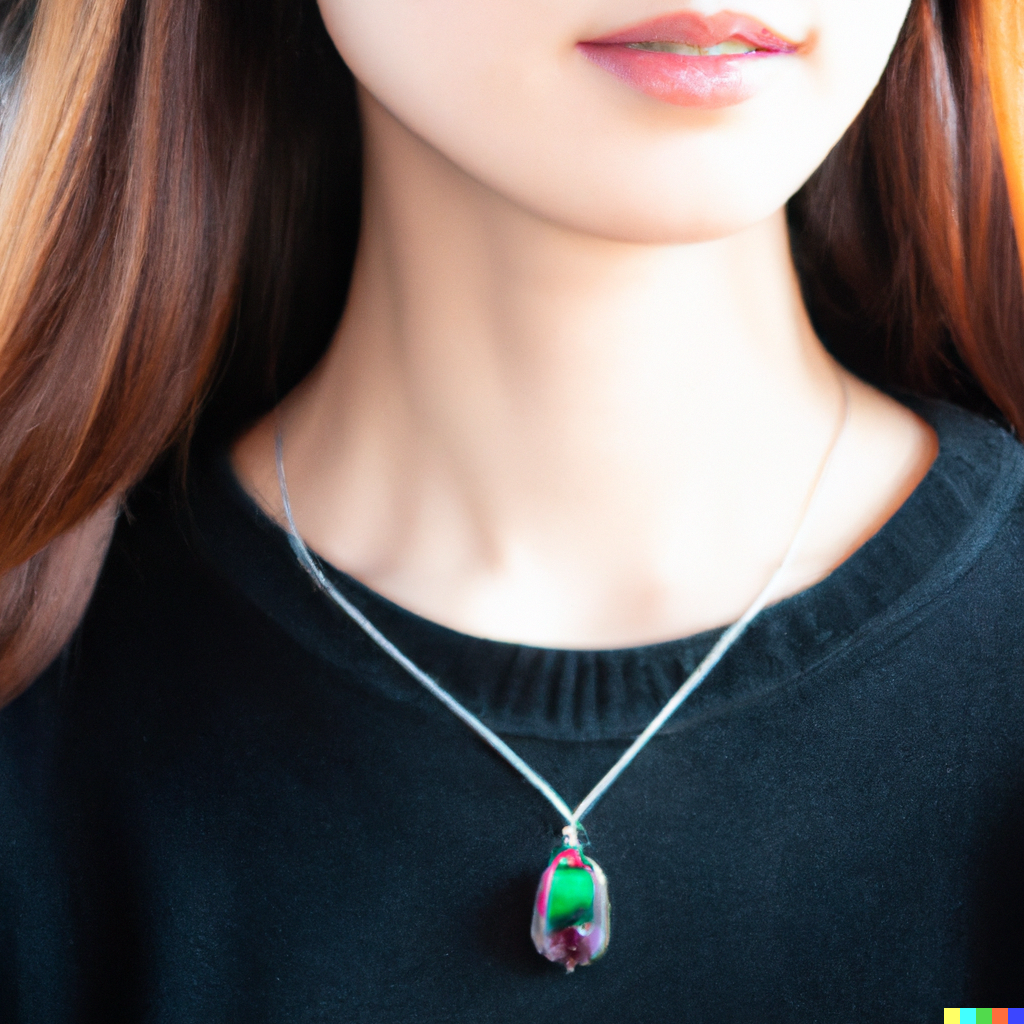
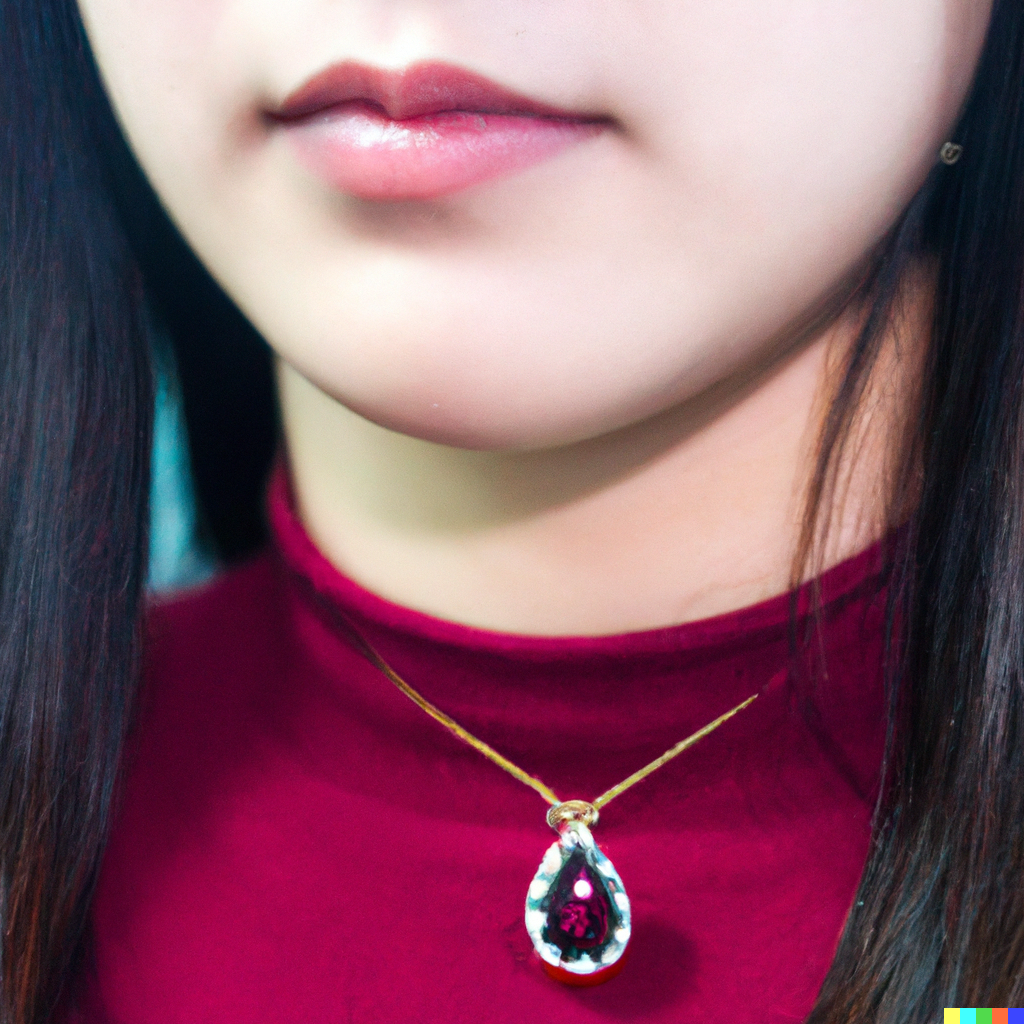
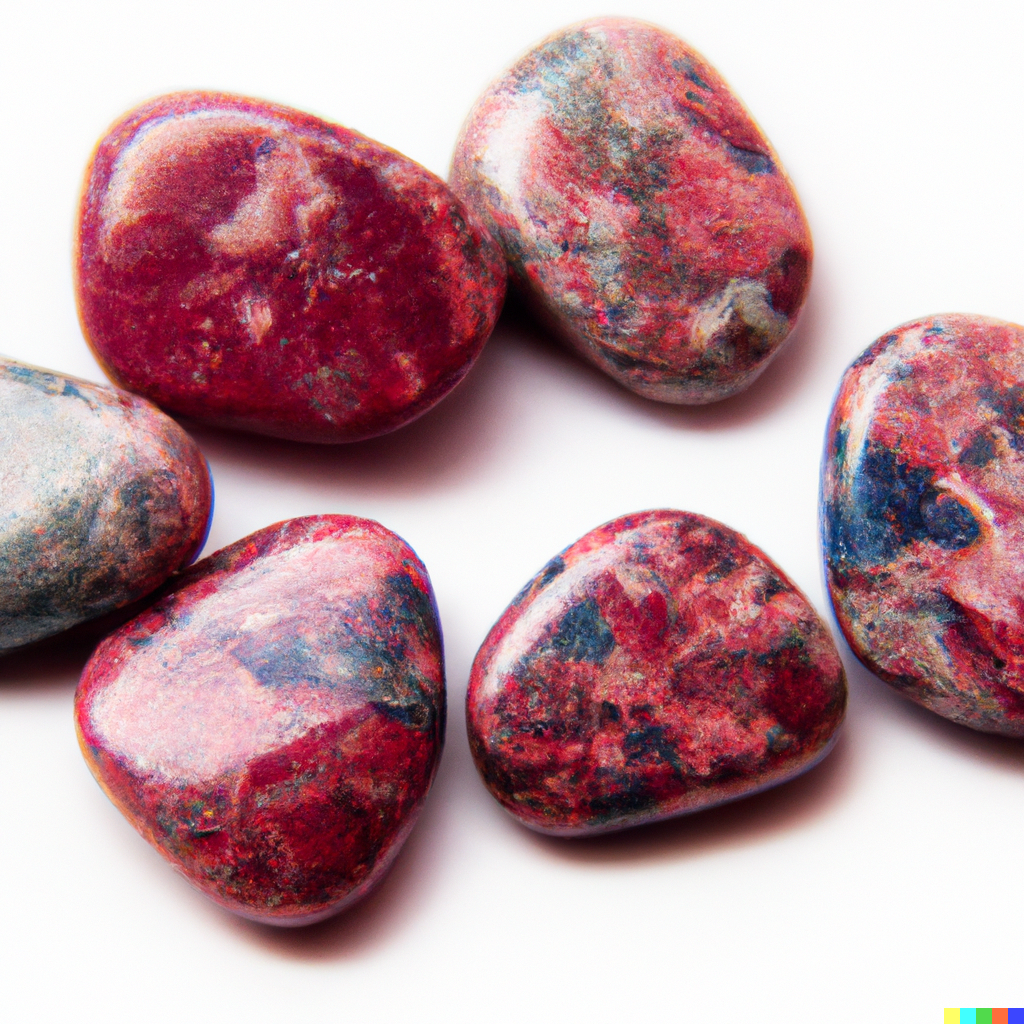
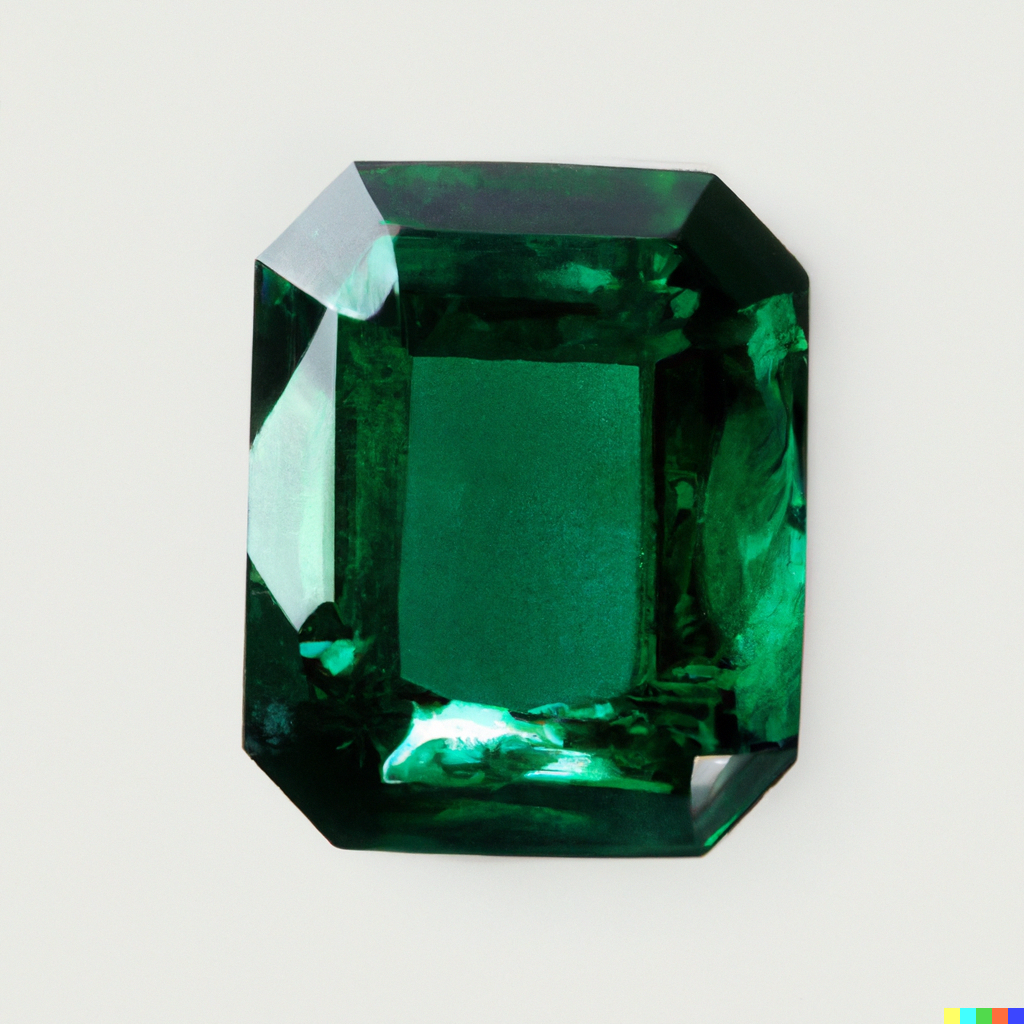
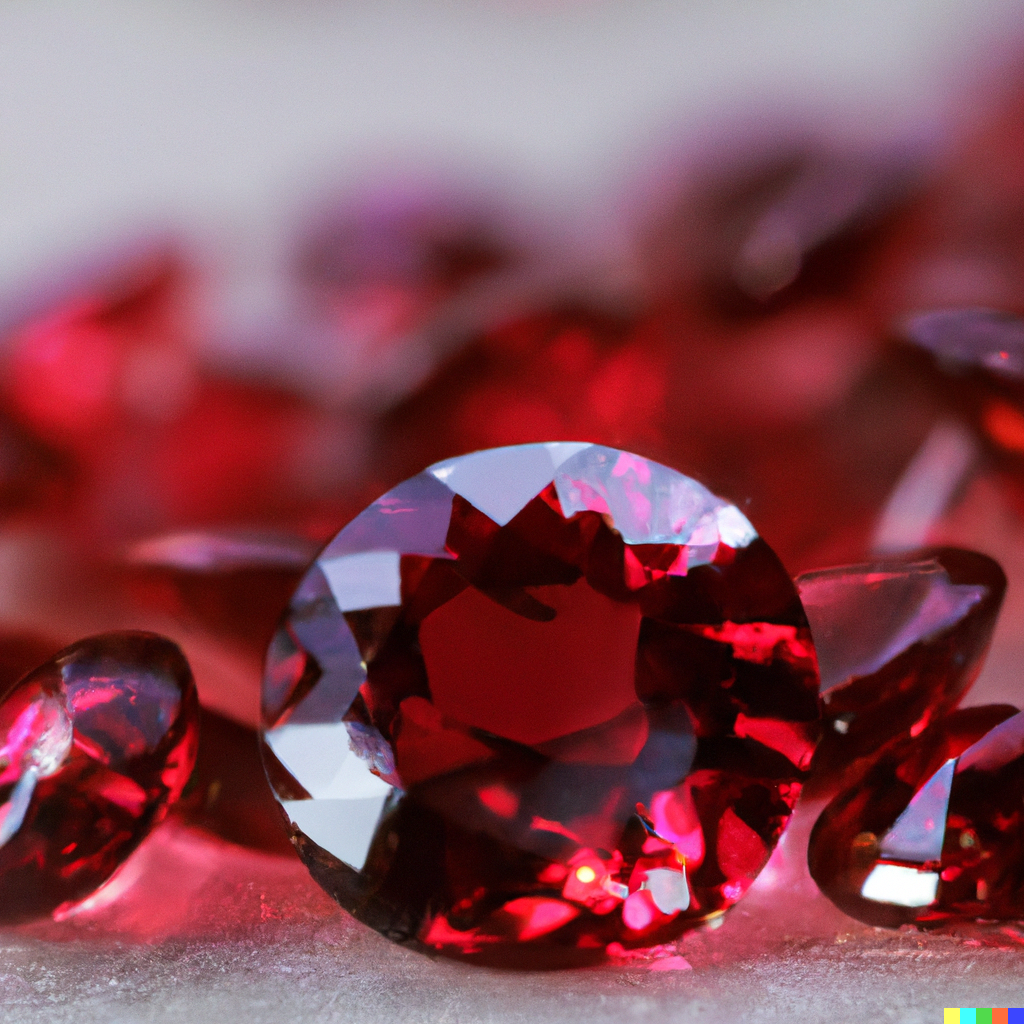
Leave a comment